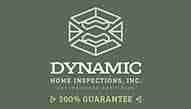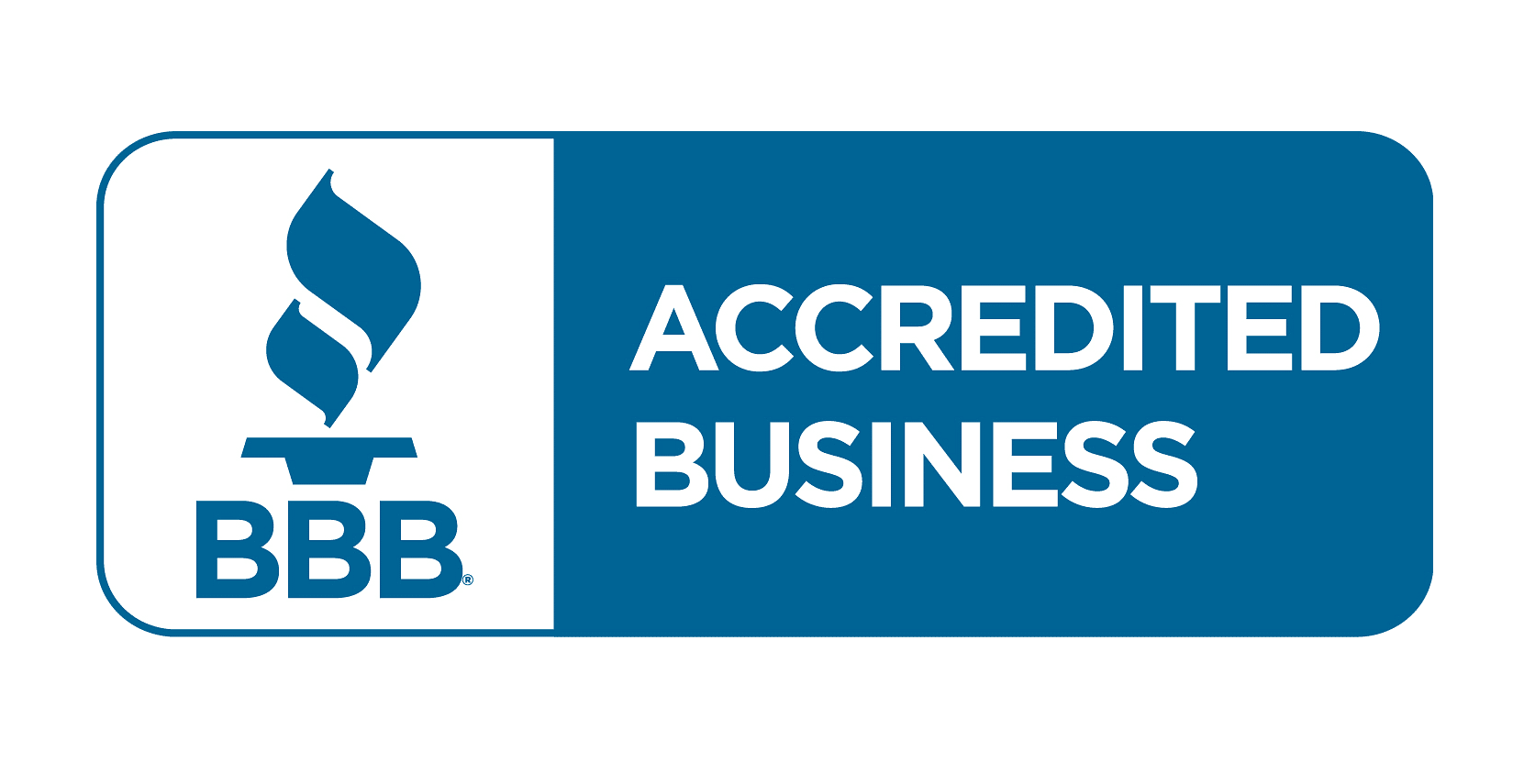Radon Gas Testing – Information
in the Annapolis / Washington DC Area
Radon Gas Testing
Why it’s Important to Test for Radon Gas?
Radon is an odorless, colorless, and tasteless gas that, according to EPA, is present in the environment – indoors and outside. It is a radioactive gas that can cause lung cancer over time. At Dynamic Home Inspections, Inc., we offer Radon Testing as an additional service to our list of home inspection services based in Annapolis, MD. We serve all of Central MD and Washington DC. Here is what you need to know about radon, its danger, how to test for radon, and how to reduce radon levels in your home.
What is Radon?
Radon is a radioactive, colorless, odorless, and tasteless gas that comes from the natural breakdown of uranium in soil, bedrock, and water. It can be in the air you breathe and enter your home through cracks, gaps, and other holes in the foundation.
Dangers of Radon
Radon is a health hazard and the second leading cause of lung cancer, next to cigarette smoking. Radon Gas is responsible for 21,000 deaths per year, according to the EPA. Since it is colorless and odorless, it’s impossible to detect until a radon test is done. Radon is called the silent killer. Many homeowners have no idea how toxic this gas is. Studies show a correlation between breathing high concentrations of radon and lung cancer; according to the EPA, Smokers are more susceptible to lung cancer due to the synergistic effects of both radon inhalation and smoking combined. A person who never smoked but is exposed to 1.3 pCi/L has a 2 in 1000 chance of lung cancer, while a smoker has a 20 in 1,000 chance of dying from this disease.
Radon also produces radioactive decay products called radon daughters or radon progeny. These decay products are robust and stick to surfaces called plating, as dust particles that can easily be inhaled. Inhalation of contaminated dust can also cause lung cancer.
You can’t see or smell radon. Testing is the only way to know your levels. Radon poisoning may be one of the reasons why your house could be making you sick.
Higher Risk Areas Include:
How Does Radon Enter Your Home?
Radon gas can seep through cracks and other holes in the foundation, pores in concrete, and gaps in walls and floors. Common ways for radon to enter your home are as follows:
- Cracks in the floors
- Construction-Control joints
- Gaps in suspended floors
- Service pipes gaps
- Cavities inside walls
- Water supply
- Cracks and holes in your foundation
Radon Testing
EPA highly recommends hiring a professional to conduct the radon test, and you can Call Us Today for your Radon Testing in the Annapolis, DC, Metropolitan Area.
The EPA also recommends “consider taking action” when the radon level exceeds 1.9 pCi/L. Radon levels between 2.0 pCi/L and 4.0 pCi/l also carry some risk over long-term exposure. Lowering the radon level reduces the risk of lung cancer. A general rule as a comparison is that Every 1.0 pCi/l of Radon Gas is Equal to 2 Cigarettes Per Day.
Any radon levels over the EPA-established 4.0 pCi/L are recommended to take corrective measures, i.e., installing radon mitigation which reduces the radon gas concentrations in the home. Just because the house has elevated radon levels doesn’t mean it’s a bad home; it just means the radon needs to be managed and reduced to acceptable levels with mitigation. The addition of a Radon Mitigation System is usually fairly inexpensive.
Radon is a serious health risk, and the only way to know if the home has elevated levels of radon gas is to have a test done. So, take action and call Dynamic Home Inspections Inc. Today.
Why it’s Important to Test for Radon Gas?
Radon is an odorless, colorless, and tasteless gas that, according to EPA, is present in the environment – indoors and outside. It is a radioactive gas that can cause lung cancer over time. At Dynamic Home Inspections, Inc., we offer Radon Testing as an additional service to our list of home inspection services based in Annapolis, MD. We serve all of Central MD and Washington DC. Here is what you need to know about radon, its danger, how to test for radon, and how to reduce radon levels in your home.

What is Radon?
Radon is a radioactive, colorless, odorless, and tasteless gas that comes from the natural breakdown of uranium in soil, bedrock, and water. It can be in the air you breathe and enter your home through cracks, gaps, and other holes in the foundation.
Dangers of Radon
Radon is a health hazard and the second leading cause of lung cancer, next to cigarette smoking. Radon Gas is responsible for 21,000 deaths per year, according to the EPA. Since it is colorless and odorless, it’s impossible to detect until a radon test is done. Radon is called the silent killer. Many homeowners have no idea how toxic this gas is. Studies show a correlation between breathing high concentrations of radon and lung cancer; according to the EPA, Smokers are more susceptible to lung cancer due to the synergistic effects of both radon inhalation and smoking combined. A person who never smoked but is exposed to 1.3 pCi/L has a 2 in 1000 chance of lung cancer, while a smoker has a 20 in 1,000 chance of dying from this disease.
Radon also produces radioactive decay products called radon daughters or radon progeny. These decay products are robust and stick to surfaces called plating, as dust particles that can easily be inhaled. Inhalation of contaminated dust can also cause lung cancer.
You can’t see or smell radon. Testing is the only way to know your levels. Radon poisoning may be one of the reasons why your house could be making you sick.
Higher Risk Areas Include:
How Does Radon Enter Your Home?
Radon gas can seep through cracks and other holes in the foundation, pores in concrete, and gaps in walls and floors. Common ways for radon to enter your home are as follows:
- Cracks in the floors
- Construction-Control joints
- Gaps in suspended floors
- Service pipes gaps
- Cavities inside walls
- Water supply
- Cracks and holes in your foundation
Radon Testing
EPA highly recommends hiring a professional to conduct the radon test, and you can Call Us Today for your Radon Testing in the Annapolis, DC, Metropolitan Area.
The EPA also recommends “consider taking action” when the radon level exceeds 1.9 pCi/L. Radon levels between 2.0 pCi/L and 4.0 pCi/l also carry some risk over long-term exposure. Lowering the radon level reduces the risk of lung cancer. A general rule as a comparison is that Every 1.0 pCi/l of Radon Gas is Equal to 2 Cigarettes Per Day.
Any radon levels over the EPA-established 4.0 pCi/L are recommended to take corrective measures, i.e., installing radon mitigation which reduces the radon gas concentrations in the home. Just because the house has elevated radon levels doesn’t mean it’s a bad home; it just means the radon needs to be managed and reduced to acceptable levels with mitigation. The addition of a Radon Mitigation System is usually fairly inexpensive.
Radon is a serious health risk, and the only way to know if the home has elevated levels of radon gas is to have a test done. So, take action and call Dynamic Home Inspections Inc. Today.

Annapolis, MD is a great coastal town with some of the best seafood on the Atlantic. Among the great mix of opportunities you would discover in Annapolis, MD, and its surrounding areas, it is no surprise why over 39,000 locals call it their home. Annapolis also made its way to the list of some of the best sailing capitals in the world.
In making your most treasured investment where ensured complete satisfaction and peace of mind can be obtained for years, Dynamic Home Inspections, Inc. is here to help make your home purchase an informed and most confident one.
Instead of purchasing a house outright, putting your hard-earned money at the risk of running into monetary problems down the road, Dynamic Home Inspections, Inc. offers home inspection services that grant home buyers the information they need to make their most confident buying choice.
The team of pros – licensed and insured home inspectors of Dynamic Home Inspections, Inc. carries out with distinct levels of professionalism, utmost care, and attention to detail. Our services also include New Construction Inspections, Walk and Talk Consultations, 11th Month Builders Warranty, Radon Inspection, Mold Inspection, Sewer Scope Inspection, Structural, Electrical, Plumbing Inspections, and more. Serving home buyers and property owners in Annapolis, MD, and surrounding areas, our home inspection services have been sought for by several satisfied clients for years.
Call 410-989-8377 Today to Schedule Home Inspection Annapolis MD Online 24/7 Right From Our Website.



